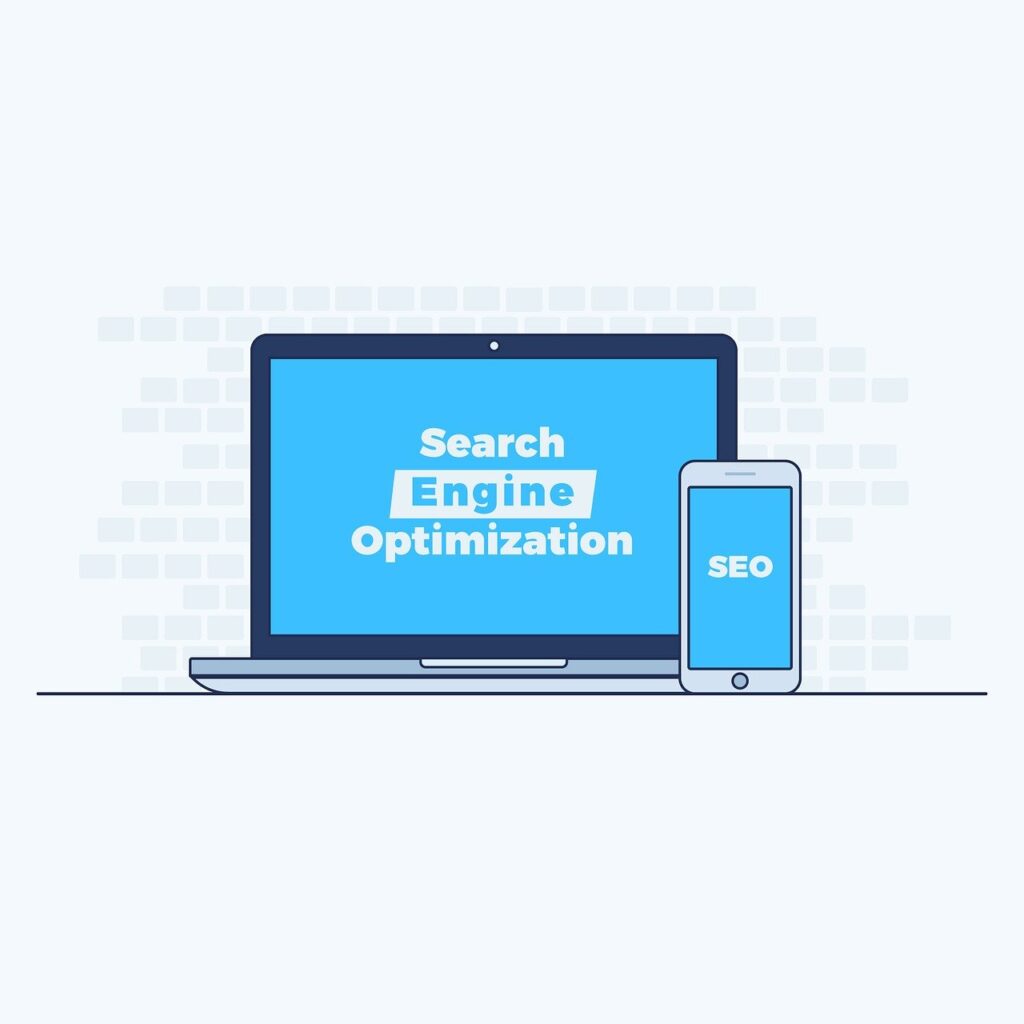
When optimizing your website for search engines, on-page SEO is crucial in improving your visibility and driving organic traffic. By optimizing various elements of your web pages, you can send clear signals to search engines about the relevance and quality of your content. Digital marketing agency experts recommend that you pay attention to the following elements on your website when optimizing for SEO.
Titles and Meta Tags
Titles and meta tags are essential elements that communicate the content of your web page to search engines and users. Optimizing these elements involves crafting compelling and keyword-rich titles and meta descriptions that accurately reflect the page’s content. Incorporating relevant keywords in your titles and meta tags can improve your chances of ranking higher in search engine results pages (SERPs) and increase click-through rates.
URL Structure and Site Navigation
A clean and user-friendly URL structure is not only beneficial for search engines but also for users. Optimizing your URL structure involves using descriptive and concise URLs with relevant keywords. Additionally, ensuring intuitive site navigation enhances user experience and helps search engines understand the structure of your website. By organizing your site navigation effectively, you can make it easier for users and search engines to navigate your website and find relevant content.
Header Tags and Content Organization
Header tags (H1, H2, H3, etc.) provide structure and hierarchy to your content. Optimizing header tags involves segmenting your content into logical sections, with the H1 tag representing the page’s main heading. By incorporating relevant keywords within header tags, you can improve your content’s readability and SEO optimization. A proper content organization using header tags also enhances user experience by making it easier for visitors to scan and understand your content.
Keyword Optimization and Content Creation
Keyword optimization lies at the heart of on-page SEO. Thorough keyword research allows you to identify the most relevant and valuable keywords for your content. By strategically incorporating these keywords into your content, including headings, paragraphs, and image alt tags, you can improve your page’s relevancy and visibility in search engine rankings. However, it’s essential to maintain a natural and engaging writing style, focusing on providing value to your audience rather than solely targeting keywords.
Image Optimization
Images not only enhance the visual appeal of your website but also contribute to SEO optimization. Image optimization involves reducing file sizes, using descriptive file names, and adding alt text that includes relevant keywords. Optimizing images improves page load times and accessibility while also providing search engines with valuable context about the visual content on your web pages.
Internal Linking
Internal linking refers to linking to other pages within your website. It helps search engines discover and navigate your content while improving user experience by providing additional relevant information. When creating internal links, it’s important to use descriptive anchor text that includes relevant keywords. Proper internal linking strengthens the overall authority and visibility of your website, allowing search engines to better understand the hierarchy and relationships between your web pages.
User Experience and Page Speed Optimization
User experience plays a significant role in on-page SEO. Factors like page load times, mobile responsiveness, and easy navigation contribute to a positive user experience. Optimizing page speed involves minimizing file sizes, leveraging browser caching, and reducing unnecessary code. Ensuring mobile responsiveness and usability is crucial as an increasing number of users access the web via mobile devices. By prioritizing user experience, you improve SEO performance and increase user engagement and satisfaction.
Mobile-Friendliness and Responsive Design
With the rise in mobile device usage, having a mobile-friendly website is no longer optional—it’s a necessity. Optimizing your website for mobile devices involves implementing responsive design, where the layout and content adapt seamlessly to different screen sizes. A mobile-friendly website provides a positive user experience, reduces bounce rates, and improves search engine rankings.
Schema Markup and Rich Snippets
Schema markup is structured data that helps search engines understand the content and context of your web pages. By implementing schema markup, you can provide additional information to search engines, resulting in rich snippets—a visually enhanced representation of your web page in search results. Rich snippets can include star ratings, images, prices, and other relevant details, which can significantly increase click-through rates and improve visibility in SERPs.
Social Sharing and Open Graph Tags
Social sharing plays a role in both user engagement and SEO. Encouraging social sharing of your content can increase brand visibility and drive more traffic to your website. Optimizing your web pages with Open Graph tags ensures that when shared on social media platforms, your content appears with the desired title, description, and image. By optimizing for social sharing, you can enhance the visibility and reach of your content, ultimately boosting your SEO efforts.
Monitoring and Optimization Tools
To effectively optimize your on-page SEO, it’s important to monitor your performance and make data-driven adjustments. Various tools are available to help you analyze your on-page SEO performance, track keyword rankings, and identify areas for improvement. By regularly monitoring your on-page SEO and using these tools to make informed optimization adjustments, you can continuously enhance your website’s visibility and organic traffic.
Conclusion
Optimizing your website’s elements for on-page SEO is essential for improving search engine visibility and driving organic traffic. By understanding and implementing effective optimization techniques for titles and meta tags, URL structure, header tags, keyword usage, images, internal linking, user experience, mobile-friendliness, schema markup, social sharing, and utilizing monitoring tools, you can enhance your website’s performance and increase its chances of ranking higher in search engine results. Remember, on-page SEO is an ongoing process, so regularly monitor and refine your optimization strategies to stay ahead of the competition and achieve long-term success.